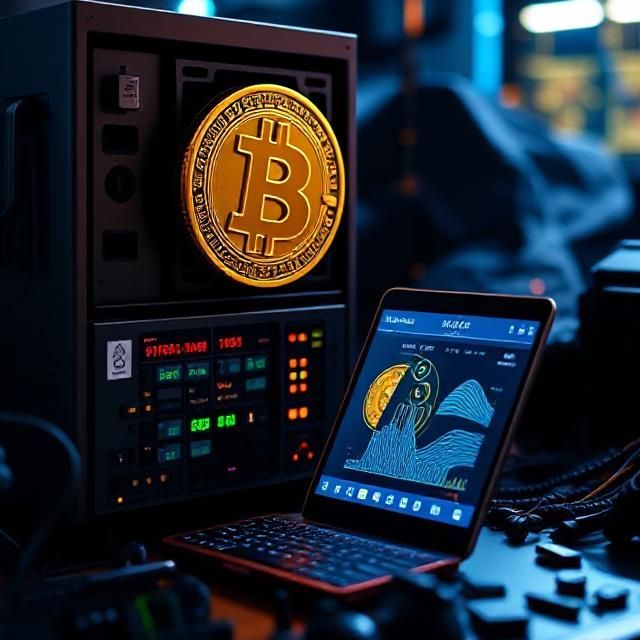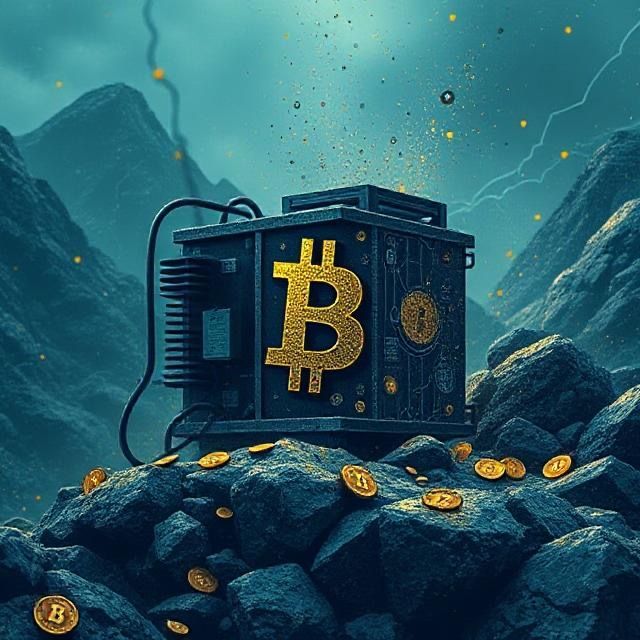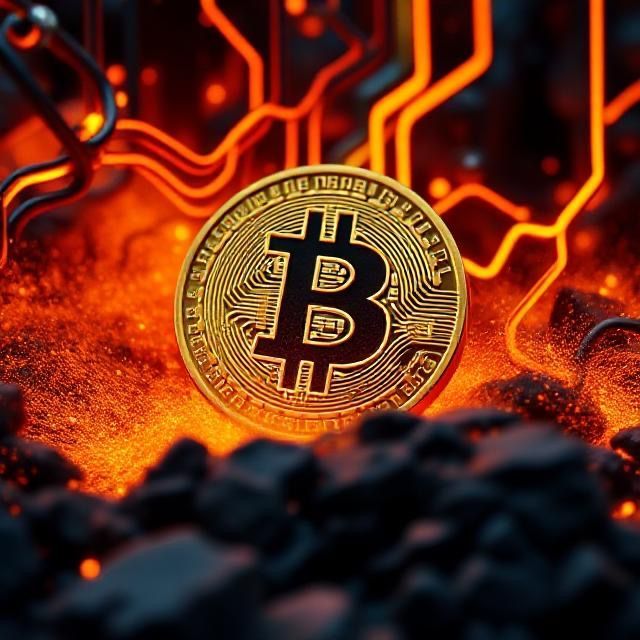The Beginner’s Guide to EOS
EOS is a utility token and a relatively new presence on the cryptocurrency market.
It was first released in 2018 as a strong contender in the popularity contest between cryptos, especially against the likes of Bitcoin and Ethereum. The best thing about it, is that it differs greatly from the former and works as an improved version of the latter.
EOS is not a digital asset like Bitcoin, but rather a token that gives you access on the EOS.IO blockchain where you can create, host and execute decentralized applications (DApps).
While Ethereum can support as many as 15 transactions per second, EOS aims to scale a few millions of transactions in the same amount of time.
For now, EOS.IO is still far from the strong, established position of Ethereum, which was released in 2016, but it already promises to bring major improvements to the smart contract-based blockchain systems.
EOS in a Nutshell
- EOS was released on June 1, 2018
- EOS is a utility token that allows access to the decentralized operating system EOS.IO
- EOS provides both bandwidth and storage on the EOS.IO blockchain
- EOS.IO uses EOS tokens to enable developers to create and run DApps on the ledger
- EOS.IO aims to become an improved alternative to Ethereum
- EOS.IO proposes a more flexible and scalable blockchain protocol
- EOS uses Delegated Proof of Stake to advance the creation of new blocks on the ledger
- EOS is more accessible to regular users and can be accessed on decent hardware computers
What is EOS?
EOS is the cryptocurrency that users of the EOS.IO blockchain protocol employ to facilitate the creation and development of scalable decentralized applications.
EOS.IO is a decentralized public system in the likes of Ethereum. It too uses blockchain technology to enable the creation, hosting and execution of commercial DApps, but it promises to do so at a much higher speed.
EOS.IO developers use EOS cryptos to build their applications on the ledger. As a result, EOS tokens, also known as utility tokens have an internal role of currency that is closer to the Ether tokens on the Ethereum blockchain rather than Bitcoin tokens, which have a universal role of digital assets.
EOS.IO has a user-friendly interface that is very similar to operating systems on popular computers. If you own EOS you can trade it for access on the EOS.IO platform where you can start building DApps from scratch even if you only have entry-level experience in this field.
EOS.IO takes the creation of DApps to a whole new level of scalability by allowing the development of thousands of applications concomitantly while maintaining parallel execution and asynchronous communication.
Furthermore, EOS.IO gives users more flexibility by separating execution from authentication and enabling the fixing of broken DApps. As a user on the system, you have access to a web toolkit and self-describing databases, permission schemes, and interfaces.
A brief history of EOS
EOS is the brainchild of block.one CEO Dan Larimer and his associate Brendan Blumer
The EOS white paper was first published in 2017 and proposed the release of an open-source software system (EOS.IO) that would help entrepreneurs and app developers to create DApps quickly and easily. The main benefits of future users were to include server hosting, cloud storage, and user authentication.
The block.one company released one billion EOS utility tokens as ERC-20 compliant smart contracts in anticipation of the official release of EOS.IO. This event was followed by an Initial Coin Offering (ICO) campaign of crowdfunding that attracted over $4 billion from utility token sales.
Larimer and Blumer proceeded to fund the EOS.IO blockchain with $1 billion from the ICO campaign, as they had promised in the white paper.
On September 3, 2017, the original EOS.IO test net called Dawn 1.0 was released, which was followed by three more tests named Dawn 2.0 , 3.0 and 4.0 respectively between December 2017 and May 2018.
EOS.IO was finally released on June 1, 2018, and it quickly became a reliable alternative to both Bitcoin and Ethereum due to its higher scalability and delegated proof-of-stake (DPoS) consensus mechanism.
When EOS went up for sale it followed a unique offering system that saw its distribution divided into 350 separate periods. All of these periods combined saw the transfer of 1 billion utility tokens to contributors all over the world. The entire process took one year starting with June 2017, and it allowed only Ethereum wallet-holders to take part in the sale.
How does EOS work?
EOS.IO uses a similar consensus mechanism for its blockchain to that used by Ethereum. However, it is called “Delegated Proof of Stake” (DPoS) rather than “Proof of Work” (PoW).
Through Delegated Proof of Stake , anyone with a random amount of EOS tokens can help verify a transaction by delegating this job to a Block Producer.
Block Producers are the equivalent of miners in other cryptocurrency blockchains. They are the servers that host the operating system and which verify transactions on EOS.IO and earn the rewards that come with solving the puzzles. Their main functions include:
- Backend management
- User interfaces
- User and password functionality
Contrary to Ethereum, on EOS you cannot validate transactions per se, but you can vote on who can validate them out of the 21 Block Producers that exist on the platform, thus increasing the chances for one of them to win the reward at the creation of every new block.
When you use EOS utility coins on the blockchain you do not have to pay any fees, as opposed to how Ethereum charges its users.
On other ledgers, Block Producers would depend on these fees as rewards for their work. However, on EOS.IO the amount of utility tokens increases by 5% every year. Out of this percentage, 1% becomes prize money for the Producers. This simple tweak to the system saves the users from paying taxes and the platform from experiencing inflation.
Every time you create, host or run applications on EOS.IO you use EOS utility tokens. Using them implies simply holding them. You do not have to transfer them to achieve these simple operations:
In the backend of the system, the Block Producers validate transactions to support your development in full accordance with your vote for them.
At the same time, in the frontend, you can see the DApps in a centralized way with all the advantages of decentralization and a much welcomed user-friendly interface.
The amount of EOS you have will determine your storage capacity, bandwidth and computational power on the EOS.IO platform. The more you have the better and faster access you will have to create DApps as you please.
How to buy and own EOS
One of the best things about EOS is that there is not a maximum amount of tokens or a cap as it the case for Bitcoin or Litecoin.
The first 1 billion tokens were distributed between 2017 and 2018, but the number of global units will continue to increase by 5% every year. So, you will get the chance to grab up to 50 million fresh EOS tokens year after year.
To buy or own EOS tokens and get access to the EOS.IO first you will need to have an Ethereum wallet. There you can keep your private keys safe and sound from any hacker attacks. The minimum contribution that you can make to access EOS tokens is of 0.01 Ether.
You can buy EOS tokens at trusted crypto exchanges like Coinbase , Kraken , Binance or Coinbase Pro. Again, you can trade EOS if you have an Ethereum-compatible wallet so that you have a place where to store them afterward.
Unfortunately, you cannot use cash, fiat money or PayPal to purchase EOS. Instead, you can exchange real money for Bitcoin, and then trade those digital assets for EOS tokens.
The advantages of using EOS
- Anyone can use EOS to develop DApps from scratch
- There are no fees involved in the transactions that you make on EOS.IO
- EOS uses a democratic system of voting that implies Delegated Proof of Stake
- Developers can create thousands of commercial-scale DApps on the ledger
- EOS.IO gives you a web toolkit to freeze or fix broken applications
- Anyone can host an ICO on the platform
- The platform promises to fund community-supported applications every year
The risks of investing in EOS
- So far, there have been no companies or individual developers wanting to create a new blockchain on EOS.IO
- There are only 21 Block Producers, which are far too few for a rapidly-expanding blockchain
- The network is sustained by the democratic vote of users only, which could spell its downfall in the unlikely case of a retreat en-masse
- EOS has been hyped as the “Ethereum Killer.” However, even if it manages to surpass Ethereum in use and popularity, its reign might not be so long. At the moment, there is a significant number of similar blockchains that are entering the race to become the best blockchain protocol for DApps in the crypto industry
Don’t forget to check our ultimate guide to investing in cryptocurrency to make your crypto adventure safer!
The post The Beginner’s Guide to EOS appeared first on Crypto Adventure.




